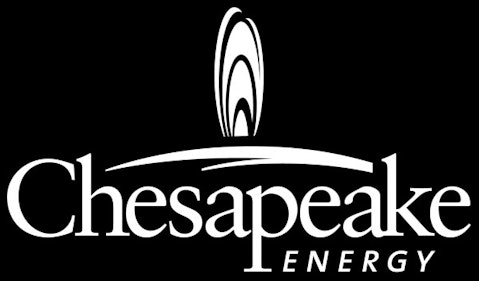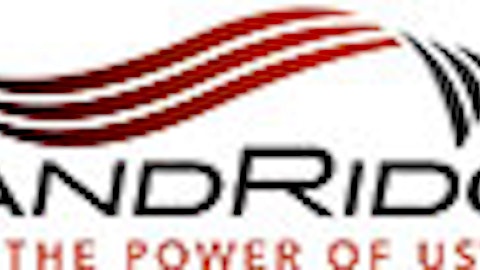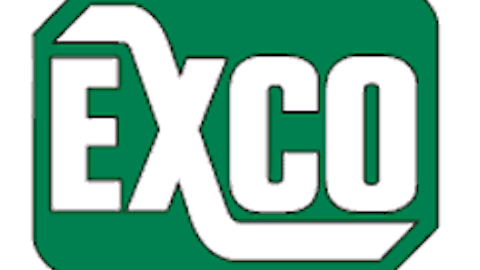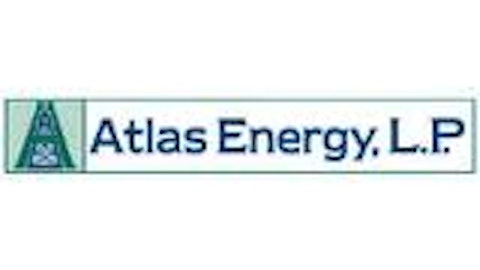On July 5, Chesapeake Energy Corporation (NYSE:CHK) announced that it has entered into a definitive agreement to sell its assets in the Northern Eagle Ford Shale and Haynesville Shale to EXCO, a subsidiary of
EXCO Resources Inc (NYSE:XCO). In return for the sale, Chesapeake would receive approximately $1 billion, of which approximately 90% will be received upon closing. The transaction is expected to close in the third quarter of the ongoing fiscal year. Other interested parties were
Some background
The mere sale of assets by Chesapeake Energy Corporation (NYSE:CHK) is no indication of any imminent problem. The company has been divesting assets aggressively in the last year. Since Carl Icahn, the activist investor, has bought a 7.56% stake in the company (which he later upped to 8.9%), he has been imploring various strategies to reduce spending and cut debt. He believes, and rightfully so, that the company’s massive level of debt has a strong negative impact on its equity value. At the end of 2012, for example, the company had a cash shortfall of about $10 billion. This has caused shares to remain depressed. As of the most recent quarterly report, Chesapeake Energy Corporation (NYSE:CHK) has a total of $24.5 billion of total liabilities, of which $13.5 billion is classified as long-term debt and $5.8 billion is short-term debt. For comparison, the company’s total market cap is only $13.8 billion, roughly a half of its total liabilities. This is why a debt reduction plan, like the one outlined by Icahn, is definitely in place.
Other troubled rivals
The danger of accumulating debt in boatloads isn’t unique to Chesapeake Energy Corporation (NYSE:CHK); debt has been troubling a few of its peers in the gas and oil industry. All of these companies possess massive debt and similarly massive assets. When pushed against the wall to meet pending bond payouts, such companies are likely to dispose of otherwise lucrative assets. This will hinder the profitability of these companies and will have a direct impact on shareholders.
You can try to spot the next troubled candidate by carefully reviewing balance sheets. Take SandRidge Energy Inc. (NYSE:SD), for example. This energy company has equity valued at $2.9 billion with total debt almost twice that amount. With assets worth almost $10 billion, SandRidge’s shareholders face a possible liquidation that will hurt the company’s share price.
Another company worth paying attention to is Plains Exploration & Production Company (NYSE:PXP). The company’s equity is currently worth only $6 billion, while the company owes $11.5 billion to bond-holders. With assets totaling $17 billion, it seems likely that the company will go through some kind of liquidation of assets in the near future.





